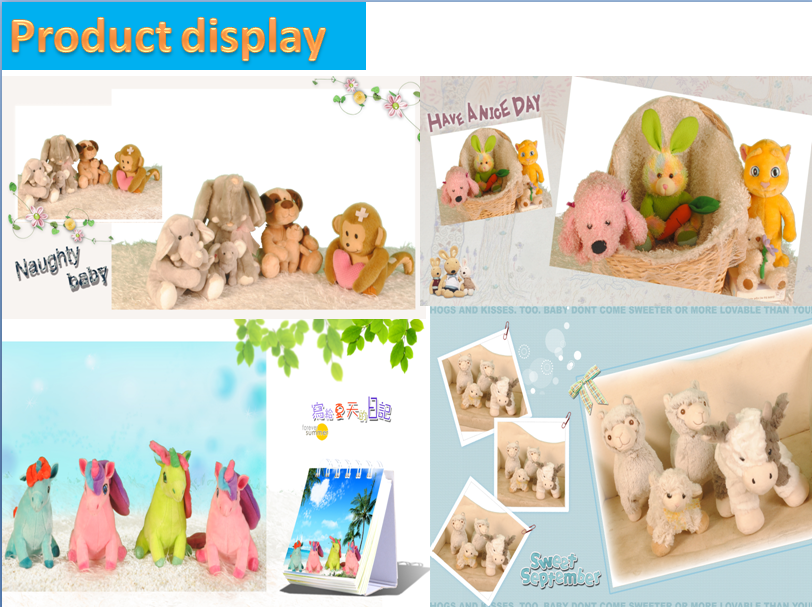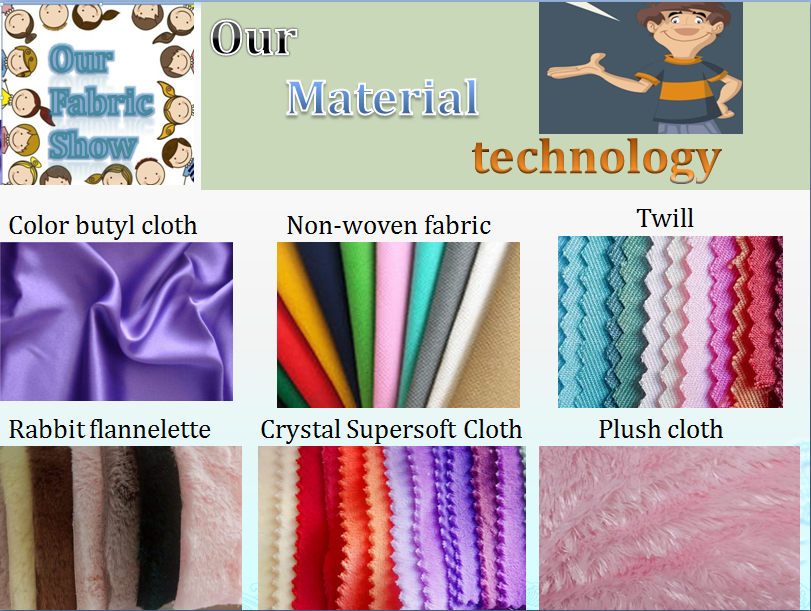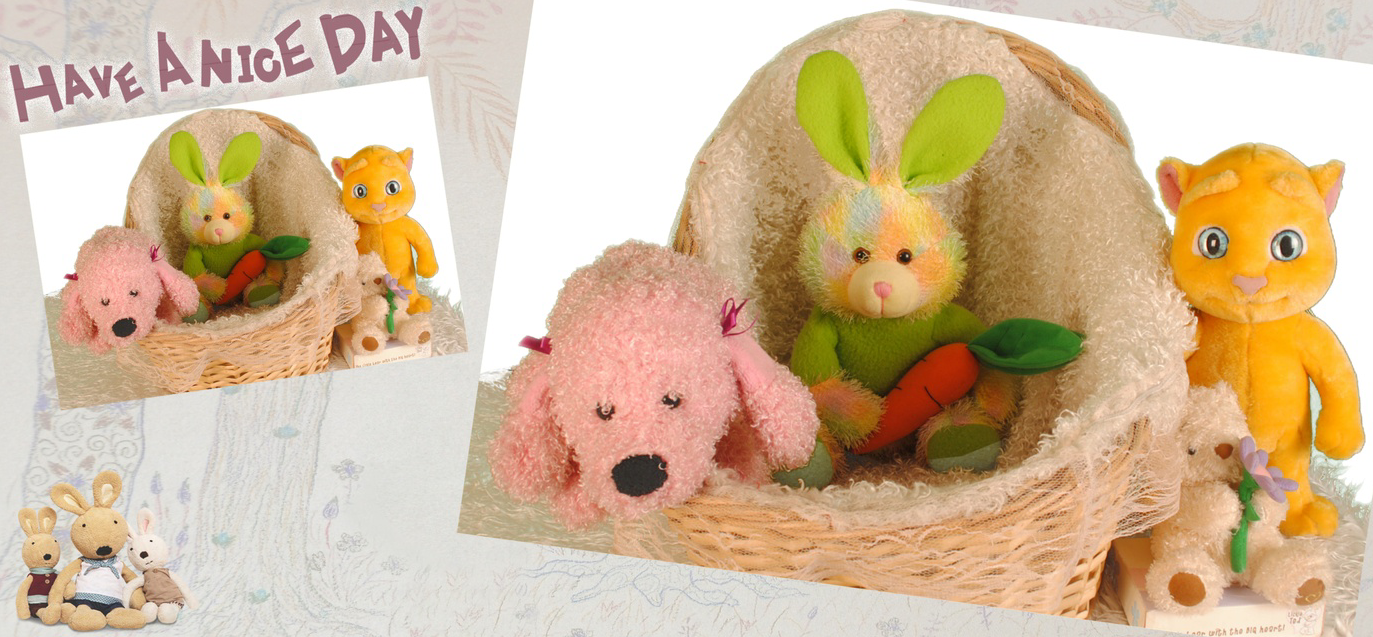Together with iron and steel, wood, and cement, plastics together constitute the four basic materials of modern industry and play an important role in the development of the national economy. Plastics have the advantages of excellent material comprehensive performance, convenient processing, significant energy saving in production and use, etc., making them widely used in industry and agriculture and people's daily life. With the vigorous development of the plastics industry and its large-scale use, environmental pollution caused by waste plastic products and plastic waste has become increasingly serious. The disposal and disposal of plastic products has caused a series of environmental problems, and “white pollution†has become a household name. Plastic materials are synonymous with environmental pollution and have become a global environmental hazard. Correctly understanding the impact of waste plastics on the environment and actively studying their handling and disposal processes are of great significance to the protection of the environment and the use of resources.
1 Environmental Impact of Waste Plastics
1.1 "White Pollution" Caused by Waste Plastic Packages
Plastics are widely used as packaging materials for various products because of their low cost and convenient molding. With the development of the modern plastics industry and the improvement of consumption levels, most of them are disposable products, which are disposable and cause environmental pollution. For example, it is used as a white foamed polystyrene plastic for household appliances, industrial instrumentation and other packaging and fast food boxes, beverage cups, etc. It is characterized by large volume, light weight, no decay, no decomposition, abandoned by people after use. Caused by the railway along the river, river routes, cities and scenic spots are full of white foam, seriously affecting the environment and the appearance of health, was known as "white pollution."
According to reports in the literature, in 1995, the total output of plastic products in China was nearly 7 million tons, of which about 1.7 million tons were used for packaging. About 500,000 tons of these packaging materials were used as solid waste to enter the municipal solid waste treatment system, and the other part was Users readily throw litter to form plastic waste. These plastic wastes were abandoned on the roadsides, green areas, or tree-lined trees of bustling cities and tourist attractions, damaging the urban landscape and affecting the appearance of the city. In windy cities, plastic bags littered with the wind posed a disturbance to the city's power supply system. In 1996, the electrical department in Tianjin caused more than ten accidents due to short-circuit accidents caused by plastic bag winding overhead power supply lines. Plastic packaging for food and beverage packaging is a breeding ground for mosquitoes, flies and bacteria to survive and reproduce. It is easy to cause the spread of germs, affect environmental health and the public health of the urban public.
1.2 Environmental Impact of Waste Plastics Landfill Treatment
The disposal of landfills as garbage into municipal landfills is currently the main method of disposing of used plastics. With the rapid development of the plastics industry, the output of waste plastics is directly proportional to the environmental problems caused by it. First, landfills occupy limited farmland and waste land resources. The second is that plastic waste will not be rotted after being landfilled and will harm the future. Corrosion resistance and bacteria resistance are a big advantage of plastic products, but they become a headache for scientists after they become garbage. Under conditions without air or light, microbes are difficult to decompose organic substances. Plastic waste needs 200 years of time in landfills. Can be decomposed. The third is that after landfill plastic waste is washed through the rain for a long time, so that a large amount of harmful substances are brought into the living environment of human beings, causing harm to future generations. From the above, it is a long-term effect that the environmental pollution of plastic wastes is treated by the landfill method, and such methods should be avoided in practical disposal.
The use of agricultural mulch has brought great development to agricultural production. However, the fragmentation after mulching has also caused great harm to the soil. Film debris forms a barrier on the soil, degrading the arable land, and hindering the development of the root system of the plant. Absorb moisture and nutrients to poison the soil.
1.3 Impact of Waste Plastics Incineration Treatment on the Environment
In order to solve landfill land occupation, high cost, and long-term damage to the environment, many countries are actively developing incineration of waste plastic equipment, and use the heat generated by the incineration to generate electricity and achieve resource reuse. However, this seemingly simple and easy method hides great harm.
In the process of thermal decomposition of plastics, the polymer is cracked, releasing a large amount of harmful gases, such as polystyrene plastics can keep the composition of the substance below 80°C. When the temperature exceeds 280°C, its molecular weight begins to decrease, resulting in volatile. Gases and gases contain 44% styrene monomer, 22% dimer, trisomics, and small amounts of toluene, ethylbenzene, etc. These are all harmful substances that are harmful to the environment. Incineration of polyvinyl chloride plastics not only produces chlorine, hydrogen chloride, and dioxin gas that are extremely destructive to the environment, but also produces harmful gases such as C0, N0x, formaldehyde, vinyl chloride, and styrene, which have a great impact on the ecological environment.
In the plastic incineration process, inorganic materials such as plastics filling and dyeing are also volatilized in the atmosphere, such as Pb, As and other harmful substances, causing air pollution.
From the above, it can be seen that with the continuous development of the plastics industry, the impact of plastic waste on the environment is increasing, which has already caused certain damage to people's production and life. Therefore, how to prevent the damage of plastic waste has become a hot issue for plastic workers and environmental protection workers in various countries. In addition to the landfill and incineration methods, the current methods of processing plastic waste include chemical methods and physical methods that are based on the principle of reduction, harmlessness, and resource recycling, so that plastic waste can be resource-resourced and turned into waste. For the benefit of mankind.
2 Waste and Recycling Treatment Methods and Techniques
The recycling of waste plastics is an important means of protecting the environment and is an important way to make full use of human resources. According to reports, the average annual growth rate of recycled plastics in the United States reached 16%, reaching 215 million tons in 1988. China's plastics industry started late, and the recycling of waste plastics has just started. In some major cities, some self-employed people deal with waste plastics with low-cost equipment and cheap labor. These small stalls are weak due to lack of funds and technical strength. Secondary pollution is caused in the treatment, causing more serious damage to the environment. For instance, in the case of collective poisoning of more than 80 elementary school pupils at the Qinjiamiao Primary School in Qixian County, reported by Chengdu Commercial News in June 1999, investigations revealed that a certain operator had caused leakage of poisonous gas when using cheap equipment to dispose of waste plastics. It was also reported that the use of hospital disposable plastic needles in the manufacture of privately-packaged food bags at a single-stream processing station in Shuangliu was conceivable.
2.1 Waste Plastics Recycling Treatment Methods
The recycling of plastics is different from the recycling of metals, paper and glass. Because of the differences in the physical and chemical properties of various plastics and the incompatibility of various plastics, their mixtures are not suitable for processing. Therefore, each plastic must be separately collected. , and then dealt with in different ways. In the process of collection and classification, it is necessary to prevent the mixing of dirt and foreign impurities, otherwise it will affect the reuse of recycled materials.
Different kinds of plastics, there are major differences in service life, such as low-density polyethylene film products, the service life of 1 to 2 years; PVC pipe has a long service life, up to 10 years. Therefore, in the processing of waste plastics should be based on the plastic source, type, contamination and mixing conditions, select the appropriate recycling methods, in order to convert the waste plastic into a suitable material for further processing. Table 1 shows how to regenerate different kinds of plastics.
Table 1 Treatment Methods for Different Kinds of Plastics
Raw material
Processing Method Product CategoryCategory
colour
APE, PP, PS, bedding, plastic boxes, plastic parts (industrial waste, 100% plastics) Monochrome classification, specific gravity screening, air separation, coarse crushing, water washing, drying, granulation Commercially available renewable particles (PE, PP, PS) BPE, PP, PS, ABS, AS wire wrapping, molded plastic parts, moulded containers (50% plastic) Noise
black
Air separation, classification, coarse crushing, crushing, washing, drying, melt forming wire drums, piles, U-shaped troughs, rods, plates, shelves, raw materials, gantry, containers, artificial fish reef CAPP, PE, polymer, recycled waste products , Containers, Industrial Products (Urban Discharged Plastics, PVC Free) Noise Removal PVC, Crushed, Thermal Decomposition, Incineration, Landfill Fuel (Gasoline, Carbide), Thermal Energy, Chemical Products (Ethylene, Propylene, Styrene Monomer) ) PVC A, B and I are the same, and the C-type buried or block-buried thermosetting plastic is mainly incineration and buryThe primary problem encountered in the recycling of plastics is the collection of waste plastics. If the collection work is to be carried out smoothly, public awareness of the public needs to be improved. Passive collection will be the active payment, and the waste plastics business department and processing department will be required. In close cooperation, the production department would like to be able to collect the waste plastics produced by class and send them separately, which will provide a strong guarantee for the disposal of the disposal departments.
Family pet toy is the best choice as a gift, the main material is plush fabric and PP cotton stuffing. It accounts for a huge amount of sales in the market. Many companies like to give a series of family pet toys such as stuffed dogs, stuffed pigs, stuffed ducks and so on to their employees as gifts on holidays. In the promotion of goods, there are many salesmen, the plush toys as promotional gifts to customers. Family pet toys are the best choice for gift giving. Plush toys gifts, low cost, cute modeling, fine workmanship, soft touch, not afraid of extrusion, convenient cleaning, decorative strong, high security, widely applicable to people and other characteristics. Therefore, plush toys are good for children's toys, decorating houses and giving as gifts.

According to consumer preferences, plush toys have the following hot categories:
1. According to the modeling sources of plush toys, they are divided into animal plush toys and cartoon character plush toys;
2. According to the length of plush toys, plush toys are divided into plush toys and super soft short plush toys;
3. According to the name of people's favorite animal, it is divided into Plush Toy bear, plush toy Teddy Bear and so on;
4, according to the different stuffed plush toys, divided into PP cotton plush toys and foam particles toys.

1.Yarn-dyed cloth: the structure of the silk thread is well shaped. The appearance is similar to 5 pieces of satin and 8 pieces of satin. The density is better than 5 pieces of satin and 8 pieces of satin. Specifications are generally 75 * 100D, 75 * 150D and so on. The raw material of tinted cloth: it can be cotton, blended or polyester, or pure chemical fiber, which is formed by the different organization of the fabric. The product that lubricious ding bu makes popularity is wide, glossiness drape feels good, feel soft. Elastic colored butyl cloth "adopts polyester FDY dayou light 50D*DTY75D+ spandex 40D as the raw material, and USES satin weave weave in the jet loom. Because the warp thread adopts dayou light silk, the cloth surface has charm, and occupies a place in the recent fabric market with the advantages of lightness, smoothness, elasticity, comfort and luster. Polyester low-elastic silk is the raw material, the fabric structure USES satin plain grain to change the texture, woven on the air jet loom, grey cloth and then after desizing, pre-shrinking, softness and other treatment, the fabric permeability is particularly good, and feel soft and smooth, fabric width is 150cm. Design and color d set comfort, modern sense, artistic sense in one of the new fabrics
2. Non-woven fabrics: They are directional or random fibers. They are a new generation of environmental protection materials. They are moisture-proof, breathable, flexible, light, non-combustion-supporting, easy to decompose, non-toxic, non-irritating and colorful.
3. Twill: various twill fabrics are used to make the surface of the fabric show oblique lines formed by warp or weft floating lines. Twill is a medium thickness denim, there are two kinds of thick, fine (20-40 pieces), are using 2/1 left twill organization, texture than plain cloth slightly thick soft, front lines clear.
4, rabbit wool: rabbit wool fiber scales are relatively smooth. Soft sex, hygroscopicity, do not have a ball, also be rabbit flannelette material underwear rises in recent years one of main reasons. Rabbit hair belongs to amino acid protein fiber, which is similar to the composition and structure of human skin, has a good skin-friendly feeling, and has the function of maintaining animal life.
5, crystal super soft wool surface to be more delicate, feel better. High density between fibers, strong three-dimensional sense of hair, beautiful appearance, compared with the original super soft, glossiness is higher, feel more soft and thick, fine texture, environmental protection and so on.
6, wool fabrics have a velveteen, velvet, velvet, cluster flannelette, polyester silk fabrics flannelette flannelette, knitted fabrics, cotton fabrics flannelette velvet, velvet fabrics, warp knitted fabrics flannelette (new varieties, with 50 d polyester yarn and polyester FDY such DTY75D / 36 f/strong mesh as raw material, using the knitting chain structure, fabrics successively after scouring desizing, finalize the design, dyeing, softening, stenter stereotypes, such as deep processing), hole ring flannelette, super soft plush cloth (the latest varieties), short plush cloth (the latest varieties)

The company produces plush toys for many years, we have a professional designer, according to your requirements for design, you only need to provide pictures (physical or plan) can be customized. All products can be added to the cloth label, can be embroidered on the trademark, so that each product has the company's information, has its own brand, gifts more valuable, enhance the visibility of the enterprise. Our products are exported to many countries, such as Japan, Europe and America. All raw materials are environmentally friendly, as people continue to pursue a high-quality lifestyle, plush pillows in modern home decoration applications more and more.
Domestic Pet Toys,Domestic Animal Toy,Cute Domestic Pet Toys,Customized Domestic Pet Toys
SHEN ZHEN HAO XIAN LONG TECHNOLGY.CO.,LTD , http://www.haoxianlongtoys.com